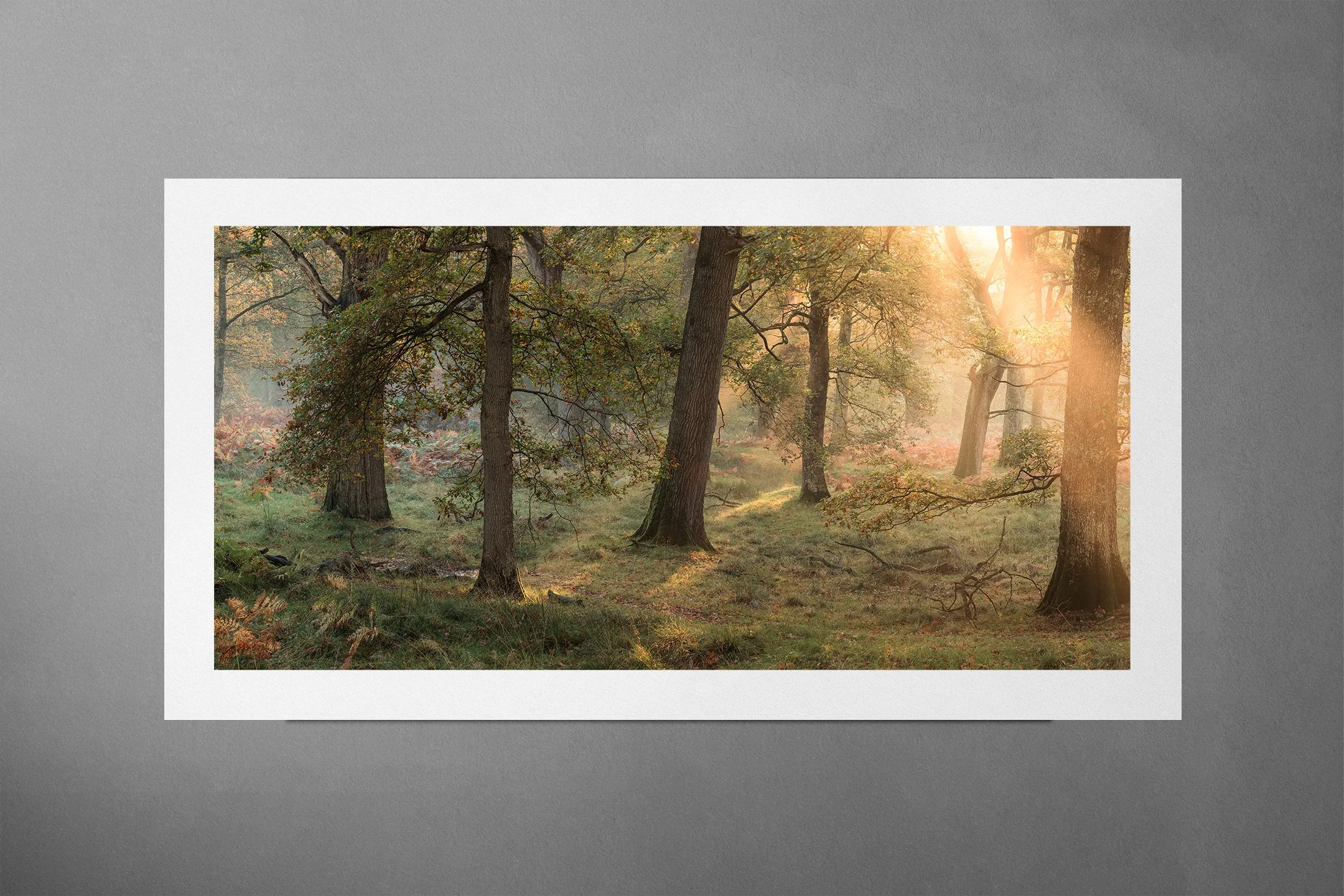Did you enjoy Any Of These articles? Please consider supporting my purpose with one of the following options:
If you took something valuable away from this, please consider exchanging some energy with me by purchasing a coffee to help keep me fuelled along my journey. It can be tiring exploring this inner landscape all by myself.
This is my first zine (small photobook) that contains a collection of tree photographs from around the beautiful landscape and woodlands of Wales.
All of the nature photography within these pages was produce during 2021, and this zine tells the story of a year that changed me as a Nature photographer and human.
It features a series of short stories, a poem that I felt inspired to write whilst out in nature, and an insight into why I create and where my love of the trees and woodland was born.
£15 + shipping.
Shipping information
Some countries may impose import duties on items purchased from the UK and it is the responsibility of the buyer to pay these charges.
‘Finding Light’ is a debut photobook produced by professional landscape & Nature photographer Brad Carr. This book beautifully expresses Brad’s deep reverence for and connection with the natural world and shines a light into the darkness of what it means to be a human being.
Featuring over 20 essays on Nature, photography, creativity, healing and belonging, Brad lays the foundations for his art and what is due to be a remarkable career in storytelling behind the camera.
Foreword by Professor David Watkins.
Over 75 photographs.
Over 20 essays on the creative life, Nature, healing, psychology and spirituality.
Short stories and poetry.
Due to be released Spring 2025.
The first 100 Standard Editions will be signed on the inside.
Collectors Editions come signed with your choice of luxury, fine art print from my limited edition print gallery.
Pre orders will be subject to free UK shipping. Use code ‘freeukshipping’ at checkout.
For international orders, please select the 'International Standard' option.













‘Out of Nothing’ is a part of my limited edition collection from 2021 of which the following quantities and sizes are available:
Fine art prints -
30 at size 18’’ x 18’’
10 at size 24’’ x 24’’
5 at size 30’’ x 30’’
3 at 34’’ x 34’’
2 at size 44’’ x 44’’